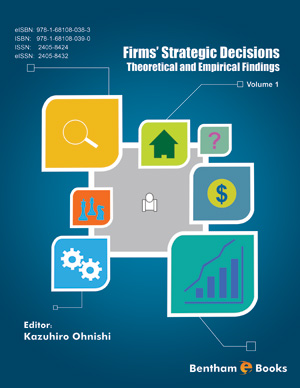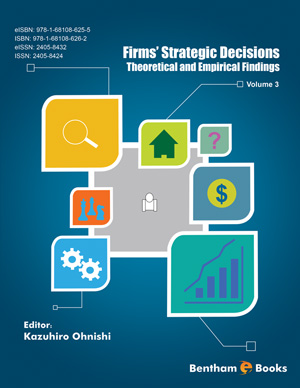Abstract
Rivals in the modern fintech space are fighting legacy banks from all sides
and gradually dismantling the protective walls that have been up over the years. The
banks and broader financial sector must deal with this fledgling innovation in digital
banking as well as difficulties connected to payments, cash management, lending, and
investment management. Credit cards, peer-to-peer lending networks, real-time
payment systems, digital wallets, challenger banks, etc. are examples of such
innovations in digital banking. At present new entrants to the banking ecosystem have
a greater degree of independence. Due to seamless integration, mobile connectivity,
data availability, trust-based transactions, cloud-physical infrastructure, scaling up the
business, etc. have improved and the cost of acquiring and servicing clients has
reduced. People around the world are frequently travelling, and making purchases than
at any other time in the past. However, the shift of banking to digital channels has
resulted in a revolution in financial fraud. In the current era, digital banking fraud is a
big worldwide industry, where highly competent criminal gangs use ever-moreadvanced and ever-sophisticated technology. They regularly collaborate with dishonest
bank personnel to steal substantial sums of money. Data mining, artificial intelligence,
and machine learning are being used to protect clients and the digitalized banking
system against scammers and financial fraud. This study explicitly shows the scope of
emerging data mining techniques for fraud detection and prevention in the modern era
of digitalized banking.









.jpg)


